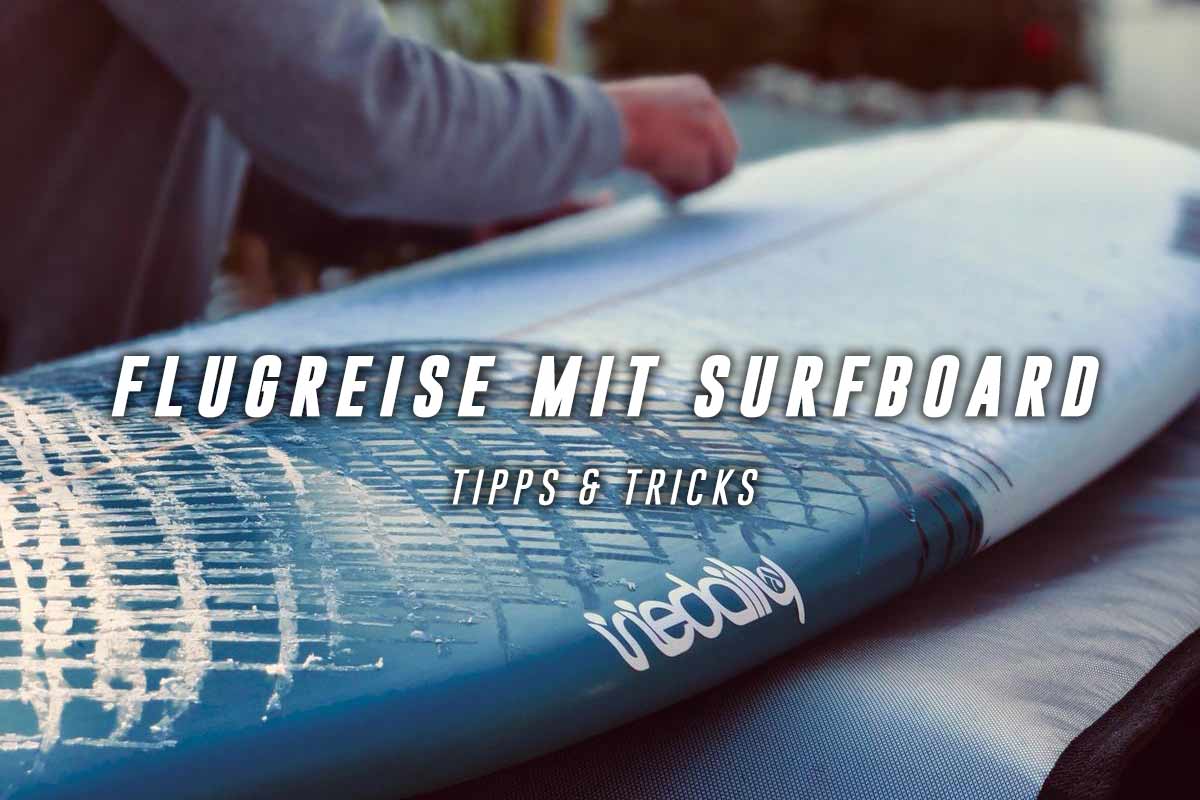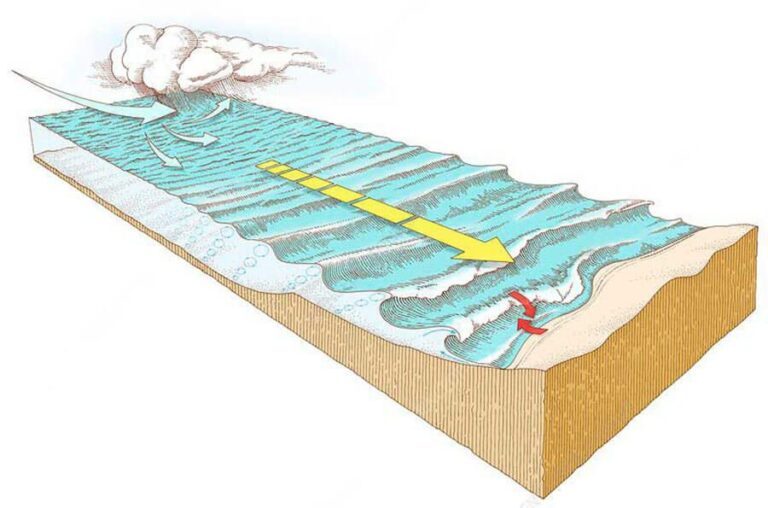You have planned your vacation in our DROP IN surf camp in Portugal and prefer to bring your own equipment? No problem! Of course, we also offer surfboards for rent and especially guests arriving by plane are happy to take advantage of the service. Nevertheless, we give you here a few tips & tricks on the way, if you plan a flight with surf luggage.
1. pack the surfboard
Before the trip starts, it is essential that your surfboard is packed safely. As is well known, the loading of luggage at the airport is not always done with kid gloves, but even on the way to the airport the board should be safe from damage in transit. Here you will find some useful tips to make sure your surfboard arrives safely at our surf camp.
The right board bag
The board must be packed ready for flight for transport in the aircraft. Here, the specifications of the airlines differ and you should check them well in advance. In general, it is recommended to use a sturdy board bag. When packing, make sure that there are no pressure points or that individual parts can slip out of place.
How to pack the board properly?
Due to the length of a surfboard, surf luggage must always be registered in advance with the airline and checked in as sports luggage at a specially designated counter.
- In general, you should always remove the fins for transport and store them together with the screws and the fin key either in an inner bag or, better yet, separately in the suitcase, so that the board can safely not be damaged.
- Furthermore, it is advisable to wrap the board in foil first and then pad the rails with foam. This way, no adhesive residue from the tape can remain on the board. By the way, pipe insulation from the hardware store is particularly suitable for this purpose.
- The particularly sensitive parts, such as nose and tail, can be additionally protected with bubble wrap.
- If you want to save weight in your suitcase, you can use the bath towels to wrap the board with. This provides extra cushioning.
- Likewise, the empty spaces in the bag can be wonderfully filled with wetsuit or impact vest, so that nothing can slip. However, do not lose sight of the maximum weight allowed for the boardbag!
- The bag is best clearly marked with a “Fragile” sticker. This way, airport employees know to handle the luggage carefully.
- Don’t forget to attach an address label to the bag with your name, phone number and email address.
- In principle, it is also advisable to take out baggage insurance. If something happens, at least you’re covered.
- Before departure, document the condition of your board with photos and check for damage immediately after landing. In this case, you can immediately file a claim for damages with the airline.
2. the flight booking with surfboard
In order to ensure the transport of your surf bag and to avoid delays or even expensive additional payments at check-in, you should consider a few things when booking your flight.
- The prescribed maximum dimensions and weights apply to surf baggage in packed condition and may vary per airline. Therefore, it is indispensable to check the baggage regulations in detail beforehand.
- Compare the prices well! With some airlines, surfing luggage up to a certain length is carried free of charge within the free luggage allowance. Some airlines also charge per leg. Here you can see a few examples.
Prices Lufthansa:
Board up to max. 2m and 32 Kg total weight:
within Europe 80 EUR/route
Board 2m – max. 3,15m and 32 Kg total weight:
within Europe 130 EUR/routePrices Eurowings:
Surfboards up to max. 32 Kg:
Short and medium distance 50 EUR/routePrices Condor:
Surfboards up to max. 2m x 0,4m x 1m or 3m x 0,4m x 0,6m
Zone 1 (short-haul): from 49.99 EUR/route
Zone 2 (medium-haul): from 59.99 EUR/tripPrices Ryanair:
Surfboards up to max. 20 Kg: 55 EUR/tripPrices KLM:
Surfboard up to max. 3m and 23 Kg: credit against baggage allowanceNote: The prices named here are without guarantee and can be changed at any time by the airlines.
- It is advisable to book the surf luggage directly with the flight, because the capacities for sports and bulky luggage are limited on each flight and a short-term registration at the check-in counter can then even be rejected. In order to be sure that your board will go with you on the trip, it is essential to register it in advance and to obtain the booking confirmation from the airline.
- In general, it is better to avoid stopovers when booking a stretch and book non-stop flights instead. Any additional loading of baggage carries the risk of damage or even loss of baggage after all.
- As a final note, we would like to mention that it is important to arrive at the airport on time, as check-in with bulky luggage can take longer.
3. the trip to the airport
The trip to the airport with surfboard in luggage is best planned in advance. Most cab companies require advance reservations for transportation and there are usually extra fees for bulky luggage as well. Public transportation also turns out to be rather impractical if you’re traveling with a somewhat unwieldy board bag. Therefore, the most comfortable option is probably to drive your own car. This way you are independent of time and can try out in advance how your surf luggage fits best in the car.
However, it is important that you take care of a parking space at the airport in advance and compare the prices. Especially at highly frequented airports, such as Düsseldorf, the inexpensive parking spaces are often fully booked or located far away from the terminal.
Therefore, parking at Düsseldorf Airport with the valet service of a private provider is particularly convenient and inexpensive. Here you simply drive your car directly to the departure terminal and hand it over to an employee who will take care of the annoying parking for you. When you return, your car will be waiting for you again at the exit and you can immediately get in and drive home. With this convenient park service you not only save the unnecessary lugging of your board bag, but also the additional costs for bulky luggage in the shuttle bus.
>>> Click here to go back to the specials




